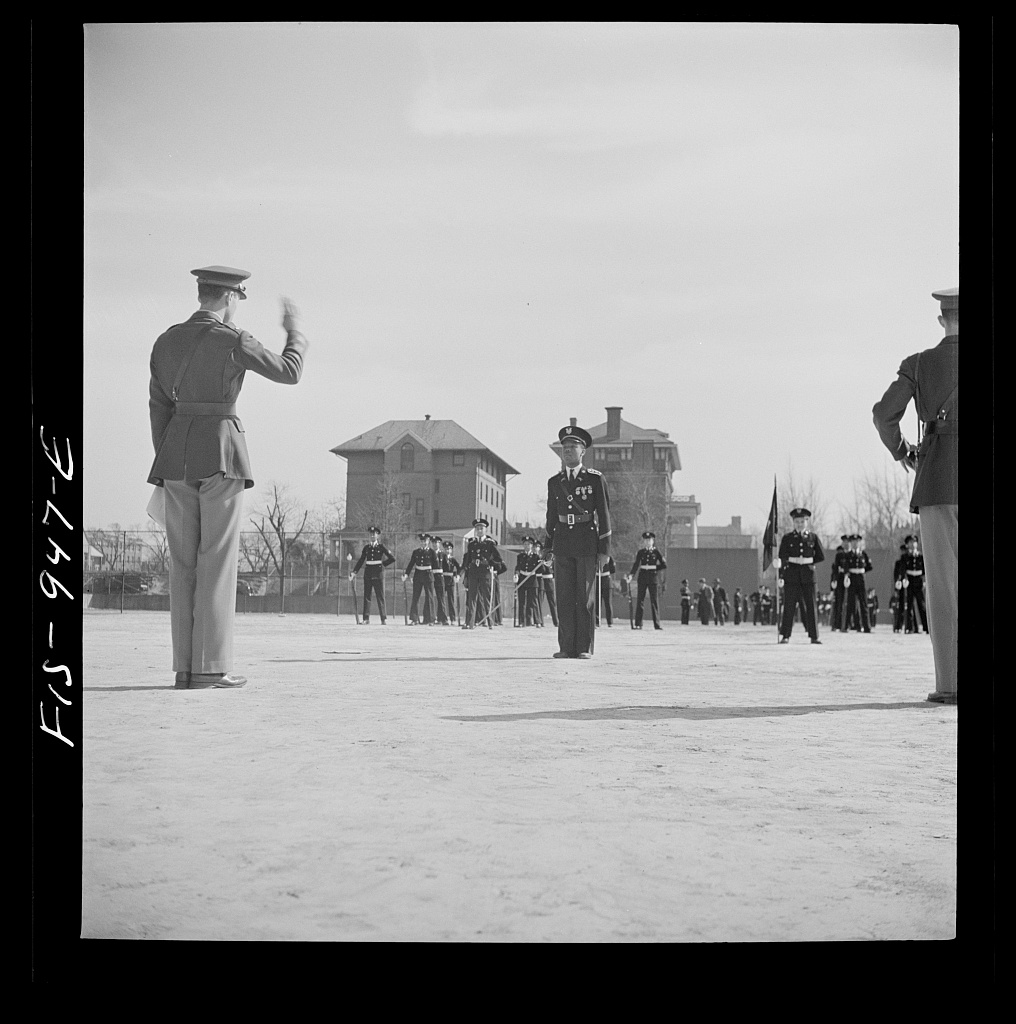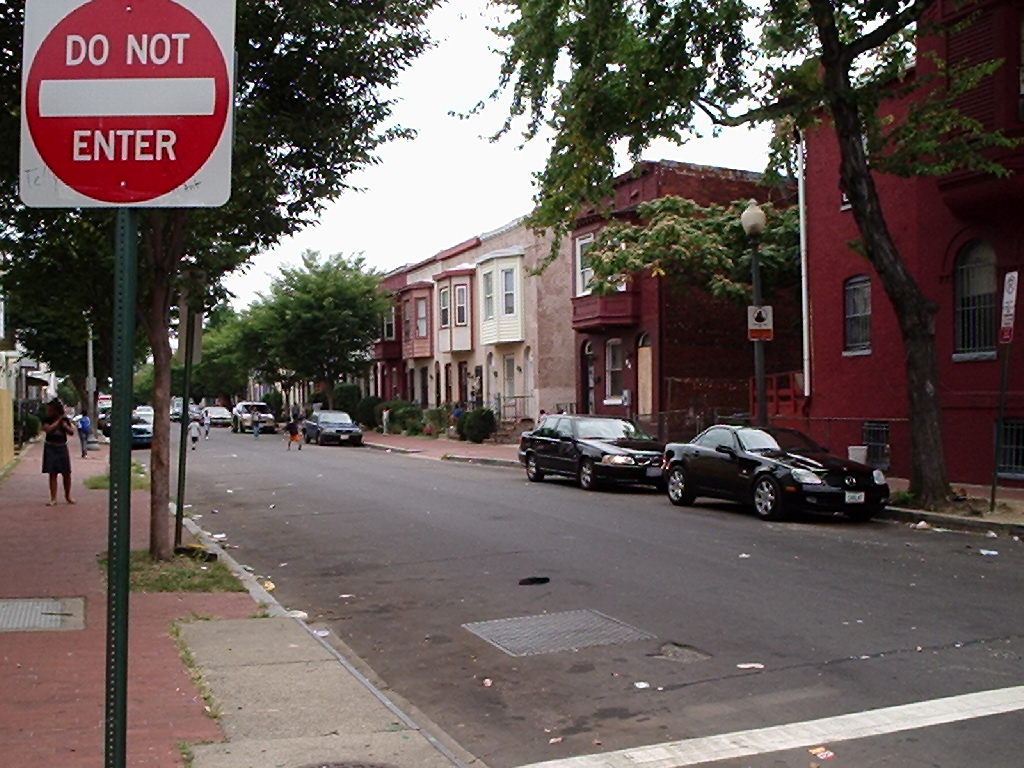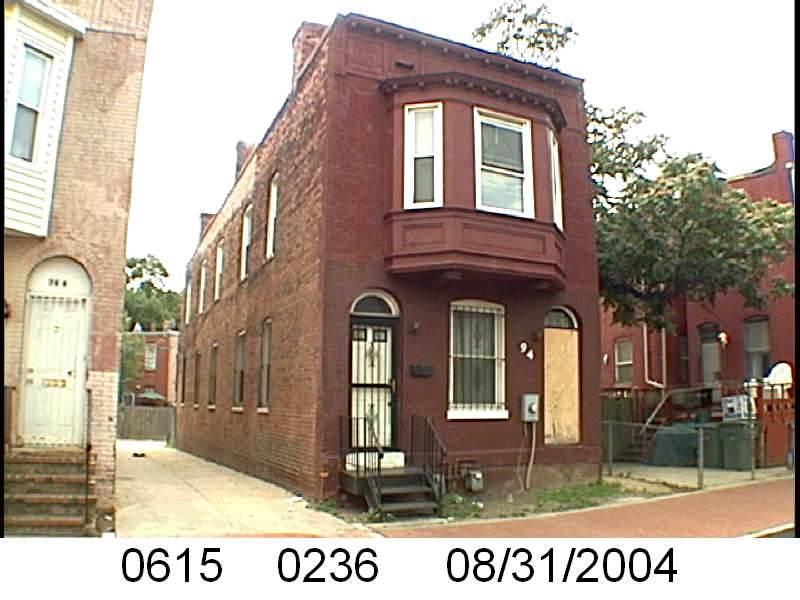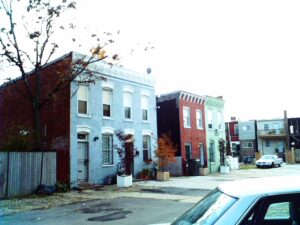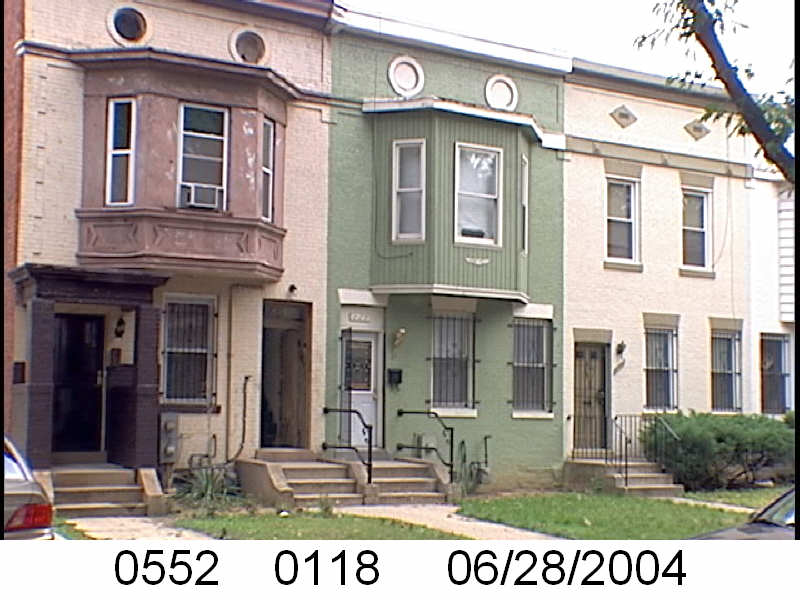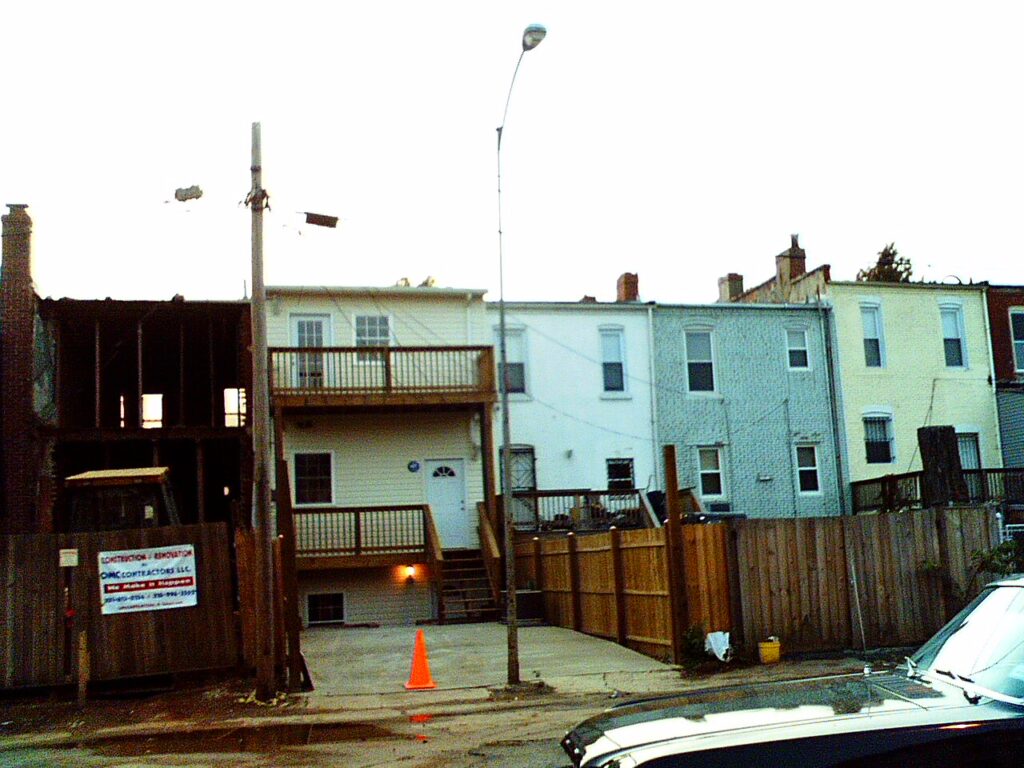So just to get an idea to see if what I am seeing with the Black Homeowners of Truxton Circle is normal, or not, I am comparing them with white home owners. I am looking at blocks that were over 90% white in 1950 but also in the same “red lined” zone, which was F1.
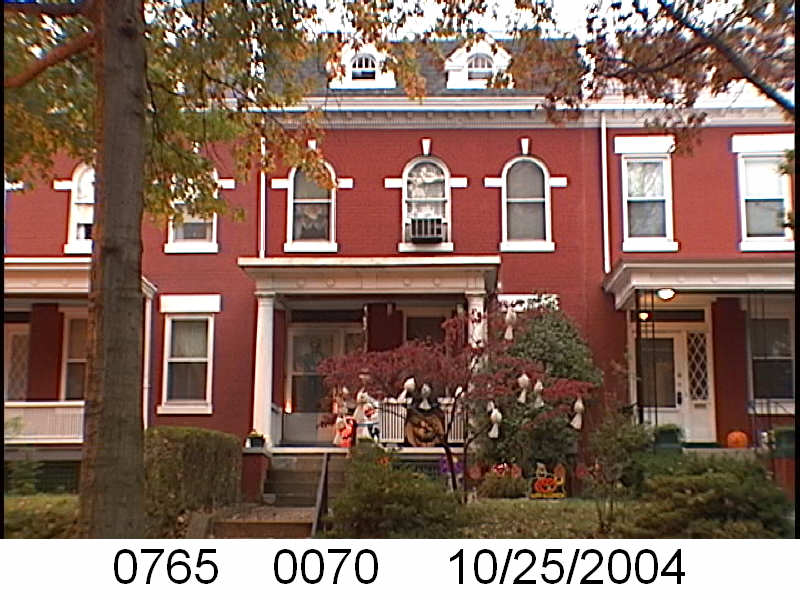 Well, looking at the DC Recorder of Deeds site there really isn’t much going on with 505 E St SE. The first document is from 1933 where owner Herman R. Hoffman and wife Rose E. Hoffman transferred their property to Norman E. Daly, who immediately (w/ wife Nelly Daly) transferred it back to Herman, Rose and daughter Ione/Irene Hoffman. Aaaaaaaand nothing else happens until 1980 when the conservator of Rose Eva Hoffman’s estate, William L. Fallon, sells the property to George L. and Goldie L. Mamakos.
Well, looking at the DC Recorder of Deeds site there really isn’t much going on with 505 E St SE. The first document is from 1933 where owner Herman R. Hoffman and wife Rose E. Hoffman transferred their property to Norman E. Daly, who immediately (w/ wife Nelly Daly) transferred it back to Herman, Rose and daughter Ione/Irene Hoffman. Aaaaaaaand nothing else happens until 1980 when the conservator of Rose Eva Hoffman’s estate, William L. Fallon, sells the property to George L. and Goldie L. Mamakos.
There are no mortgages, but there is a racial covenant in the two 1933 documents. It reads as:
“Subject to the covenants that hereafter no building or structure other than bay windows or porches shall be erected or constructed within a line drawn 12.85 feet from and parallel with the front or street line of said lot and that said property shall never be rented, leased, sold, transferred or conveyed unto any negro or colored person under a penalty of $2000.00 which shall be a lien against said property.”
It’s unclear to me who the $2,000 ($46,671.23 in 2023’s money) would be paid to if the property was rented or sold to an African American. If there was a mortgage I’d assume it would have been the lender, but there is no lender here. The Hoffmans own it free and clear.You can wander over to Mapping Segregation DC’s site to learn more about DC racial covenants.
So who were the Hoffmans?
So let’s start with the 1920 census where then 37 year old, California born musician Herman Roy Hoffman lived with his wife Rose E. B. Herrler Hoffman, their 6 year old daughter Ione, and German mother-in-law Wilhemina Herrler at 505 3rd St SE. He appeared again in the 1920 Census stationed at the Marine Barracks as a 1st Class Musician. So he was counted twice. He appears on several Marine Corp muster rolls as a 1st Class musician. He enlisted in 1907, starting off as a Private. Sometime around 1910 he became Musician Second Class and then 1st Class around 1915.
He married Rose Herrler May 1910 in Washington, DC. They had one daughter Ione, named after Herman’s sister, Ione R. Hoffman Symmes.
Music was a part of the family’s life. Herman taught and played the violin for children at the Friendship House and the YMCA. Ione was a mezzo soprano, contralto, and piano teacher. The pair appeared often in the local papers for performances around town.
Herman Hoffman died February 13, 1949 after a short illness at the Bethesda Naval Hospital. He is buried at Arlington Cemetery.
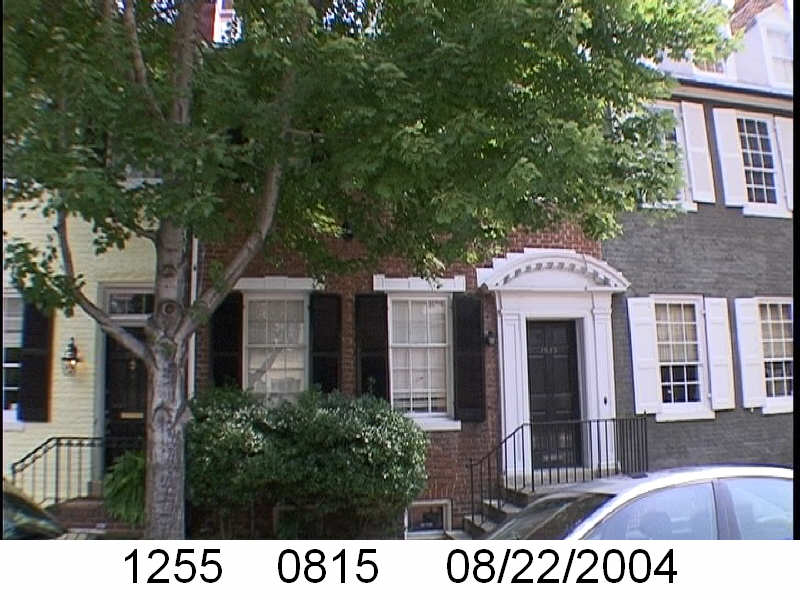 I stumbled on this one because James D. McKenna was the son of Thomas McKenna. I’m guessing at the address because in the Recorder of Deeds online system they owned a property on Square 1255 lot 163. I cannot locate lot 163 on the 1919 map.
I stumbled on this one because James D. McKenna was the son of Thomas McKenna. I’m guessing at the address because in the Recorder of Deeds online system they owned a property on Square 1255 lot 163. I cannot locate lot 163 on the 1919 map.
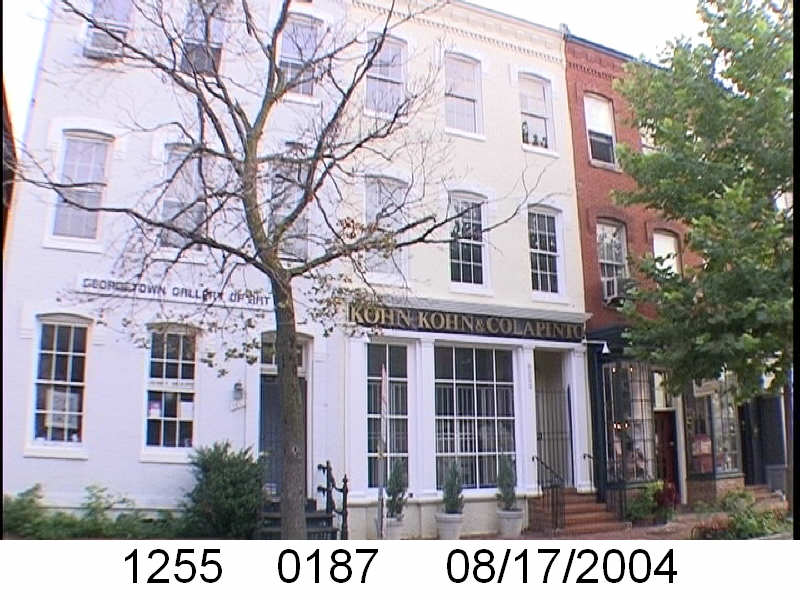
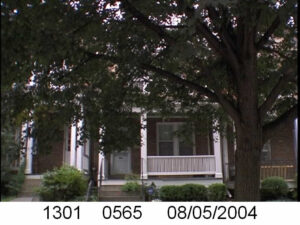
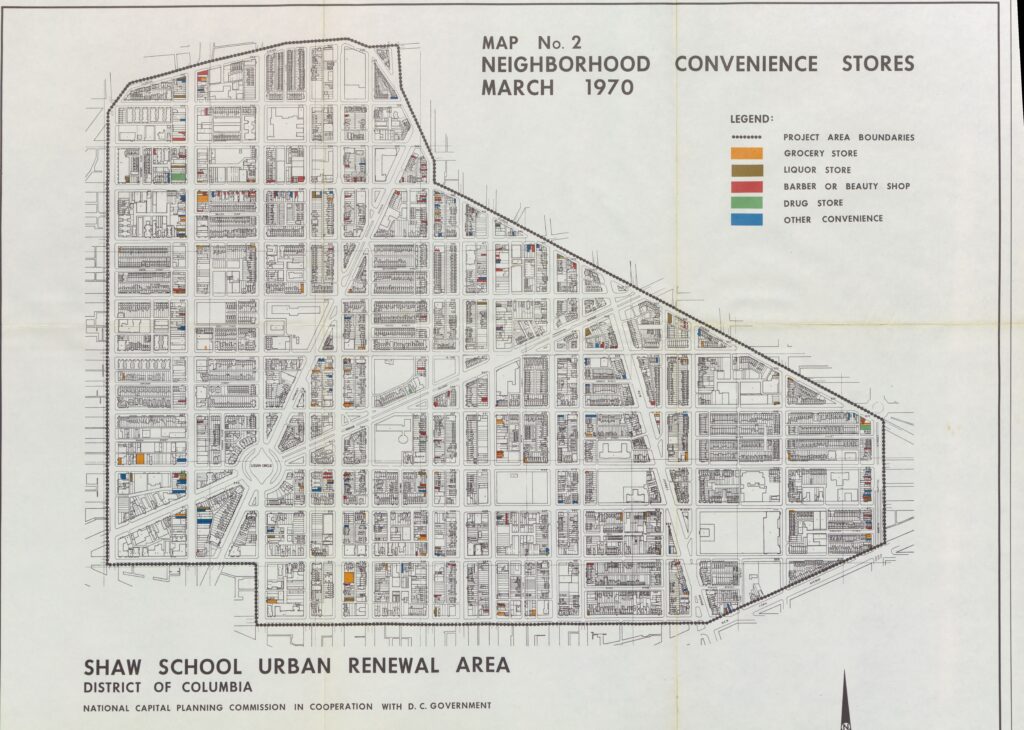

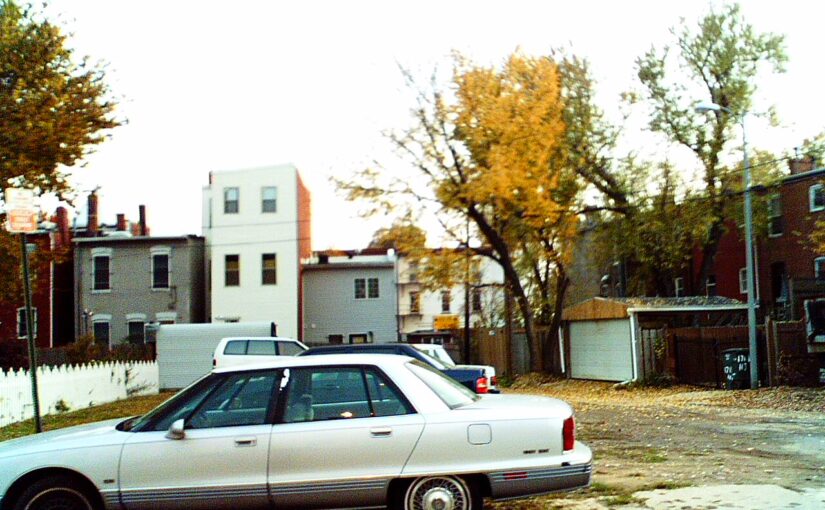
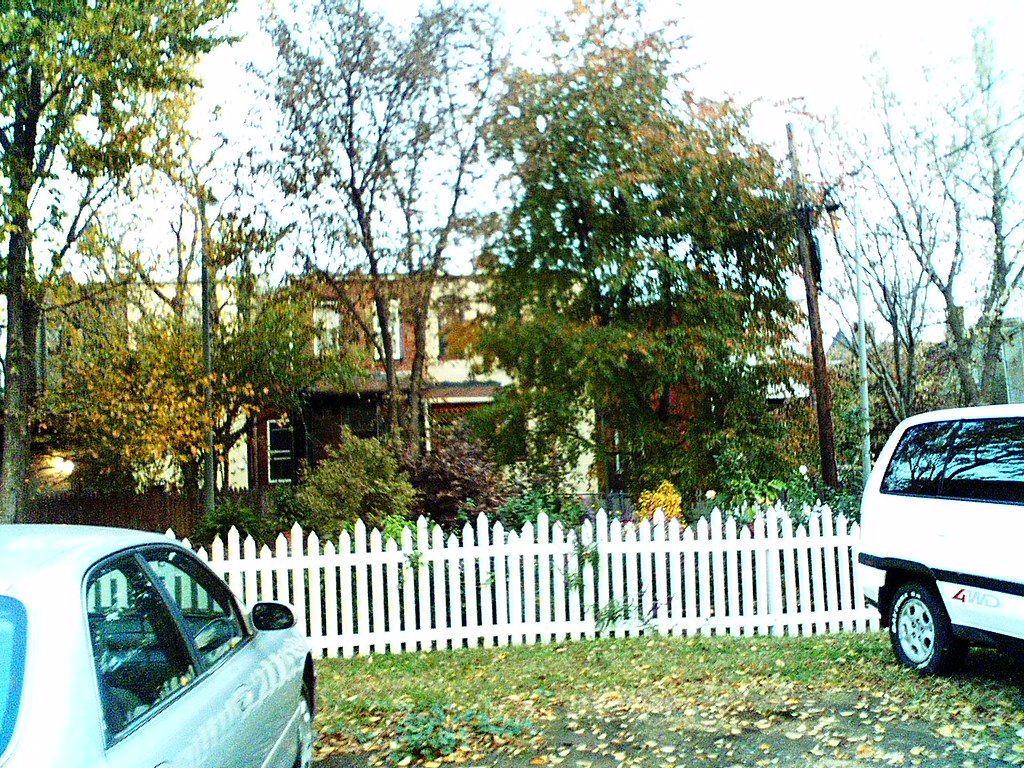
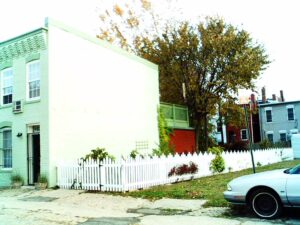
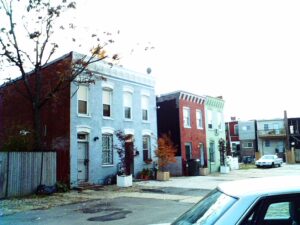
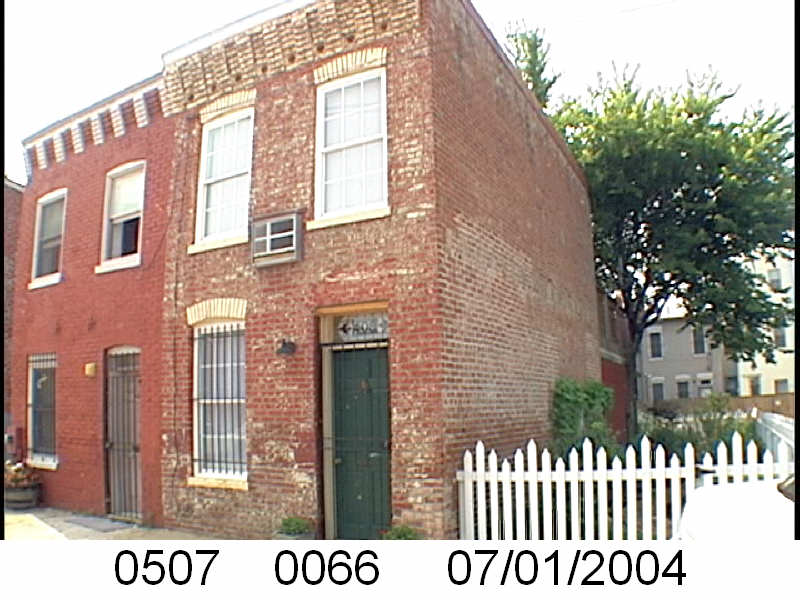 The garden belonged to Jim Norris who owned the house next to it. It was a cute and sweet little garden perfect for a bachelor. The houses on Richardson back then were on the very small side. I remember one Christmas, Jim had his whole living room packed with many creches/nativity scenes. He managed to make the best of the small space. Jim owned it from 2001-2018.
The garden belonged to Jim Norris who owned the house next to it. It was a cute and sweet little garden perfect for a bachelor. The houses on Richardson back then were on the very small side. I remember one Christmas, Jim had his whole living room packed with many creches/nativity scenes. He managed to make the best of the small space. Jim owned it from 2001-2018.